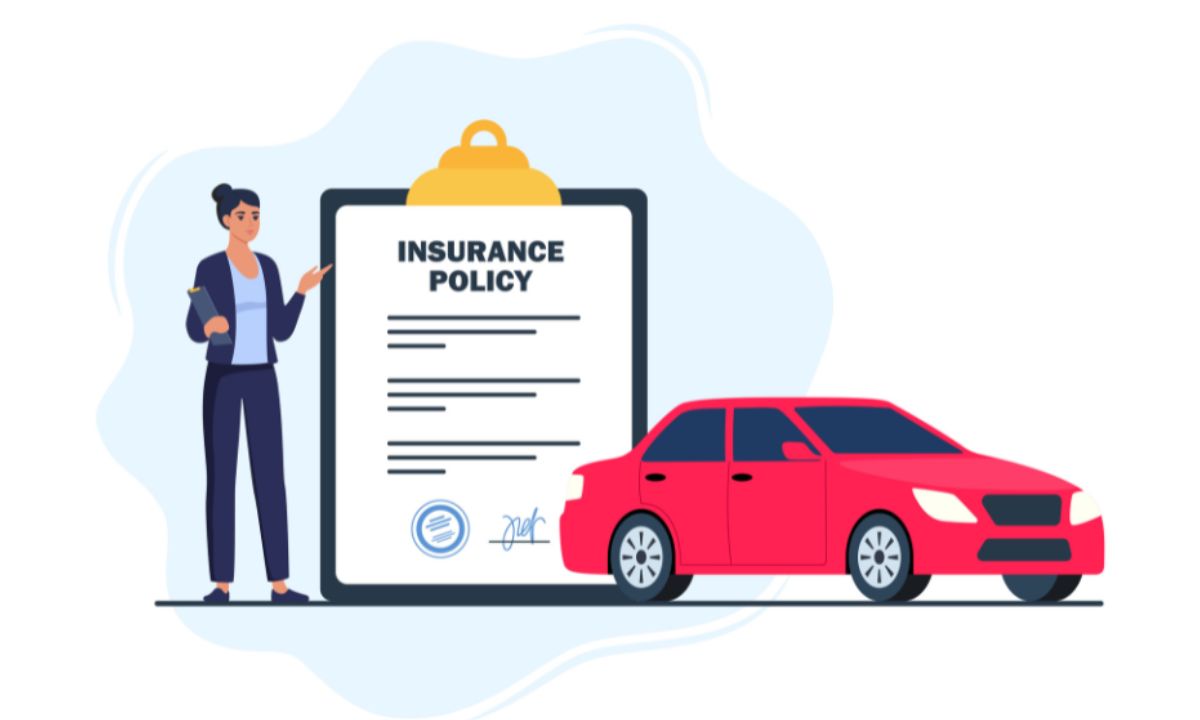Car insurance provides financial safety against various risks that come with owning and using a vehicle. It is an important shield for drivers and is also a compulsory legal requirement in some countries like Australia. In Australia, handling the intricacies of care insurance can be a hassle. The legalities, regulations, and coverage features of car insurance vary depending on the state or territory. And in such a vast country, there’s bound to be a diverse range of policies available. Finding one that suits your particular needs can be challenging. With so many options available, it becomes important that you have the necessary knowledge of car insurance to make informed decisions. While you may have learned a little about car insurance and its importance in your driving lessons, most driving schools don’t dive too deep into the subject in their curriculum. So, here we will talk about the different types of car insurance in Australia and also share some tips to help you choose the right coverage for your car!
Types of Car Insurance Coverage
In Australia, when you buy a car, you must get Compulsory Third Party insurance (CTP), also called Green Slip in NSW. It provides you cover for any injuries incurred by others caused by your vehicle in an accident. Similarly, in ACT drivers are required to get an MAI insurance that covers both the driver responsible and the third parties in an accident. This insurance is compulsory to get and in many states, it comes grouped with the vehicle registration so you don’t have to buy it separately. Apart from this compulsory insurance, you also have three other types of insurance in Australia, as follows:
Comprehensive insurance
Comprehensive insurance, as its name suggests, covers almost all of the possible threats you might encounter while driving. It gives coverage from damage or reparation to your vehicle, damage to third-party vehicles, theft, fire, and other benefits depending on the policy you choose. If you’re buying a new car or a valuable car, or if your car is financed, getting comprehensive insurance is a good choice.
Third-party insurance
This insurance gives you coverage in case of an accident where your vehicle causes damage to a third-party vehicle or property. While it gives you a basic cover in an accident, it doesn’t provide coverage if you’re hurt yourself or other factors like theft, fire, etc. Hence, it is better to choose this insurance when you want protection only against major liabilities and can ignore other issues without coverage.
Third-party fire and theft
This insurance offers coverage if your vehicle causes damage to a third party. But, additionally, it also provides cover in case of fire or theft. It is better to get this coverage in addition to some other insurance as it does not cover you for any damage caused to your vehicle in an accident.
While these insurance types are the same all over the country, some regulations or legal requirements may vary across the different states and territories.
Tips for Choosing the Right Car Insurance
Here are some tips to help you choose the right insurance for your vehicle:
Understand Your Vehicle and Needs
Before selecting an insurance policy, you must know what your requirements are for that policy. Consider the answers to questions like Do you need complete coverage or would you be okay with a simple third-party coverage? Similarly, you must also consider other factors like your budget, your state’s legal requirements, other features and benefits offered by your policy, etc.
Compare Different Policies
Always get quotes and brochures from many different insurance companies and compare them before you finally choose one. Compare their prices, the features and benefits they offer, the excess payment rules, the stipulations for choosing your repairer, etc. Also, make sure that you get clear and comprehensive documentation that mentions everything in print and is easy to understand. It is also important that the insurance company is readily available to answer all your doubts and queries if you reach out.
Discuss Discounts and Benefits Received
Whenever you’re considering a policy, you must consider the discounts and benefits that it offers. Compare different policies and select one that provides the features and benefits that suit you the most. If there’s any question or confusion, reach out to the company to get it cleared immediately. While it is easy to find all the details of insurance policy features and benefits on the internet, you can still consider reaching out to any friend, relative, or driving school instructor for help in understanding the details.
Check Customer Reviews and Ratings
When buying an insurance policy, checking customer reviews and ratings is a must. Looking at the reviews of other customers can give us an idea of how the company handles the claims process and whether their customer service is good or not. It will also give you an idea of the insurer’s reputation and popularity.
Adjustable Coverage Options
Nowadays, insurers offer their customers the chance to tailor their policies according to their needs. This is to avoid any dissatisfaction the customers might feel with their set policies. Make sure your insurance company also offers flexible policies so that you can make changes to the policy if your insurance requirements change in the future.
Conclusion
When buying car insurance, it is important to choose a policy that covers all your needs. To find a policy that offers you such coverage, it is also essential that you understand the nuances of insurance policies and their different features and benefits. You must also know what you need and want from the policy. Driving instructors from reputed driving schools like Onroad Driving Education are knowledgeable and experienced in all aspects related to driving and might help solve car insurance queries too. Instead of rushing, take your time to do some thorough research and consider all the options and contingencies before making the final choice.











